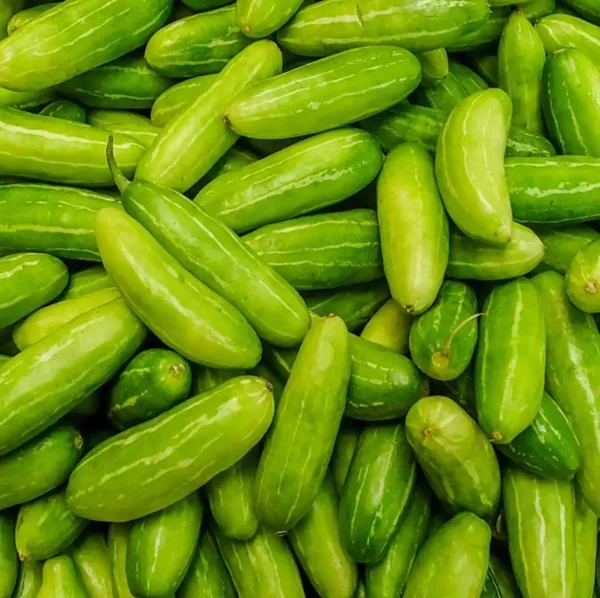
Pizza
Originating in Naples, Italy, as a humble flatbread, Pizza has evolved into a $145 billion global industry. Pizza’s adaptability ensures its reign as a global icon, blending tradition with modern tastes.

Originating in Naples, Italy, as a humble flatbread, Pizza has evolved into a $145 billion global industry. Pizza’s adaptability ensures its reign as a global icon, blending tradition with modern tastes.

Pork chops exemplify the intersection of tradition and modernity in global cuisine. While ASF and ethical concerns challenge producers, advancements in sustainable farming and diverse culinary applications ensure their enduring appeal.

Chicken wings embody America’s love for bold flavors and communal eating, yet their journey from coop to plate is fraught with challenges like bird flu and climate pressures.

Ridge gourd’s dual role as a nourishing vegetable and sustainable resource underscores its agricultural and cultural value. From Indian curries to Chinese soups, it bridges tradition and modernity, while its sponges offer a green alternative to plastic.

Tindora’s resilience, nutritional bounty, and culinary flexibility make it a hidden gem of tropical agriculture. From Kerala’s backyards to Bangkok’s street markets, this unassuming vine nourishes millions while offering farmers a steady income.

The pomegranate’s blend of myth, nutrition, and economic vitality cements its status as a global superfood. From Iranian orchards to Chinese festivals, it bridges tradition and modernity.

California’s farmers are stewards of a legacy that feeds millions. From the almond groves of Modesto to the artichoke fields of Castroville, their innovation and resilience sustain both the economy and the American table.

Supermarkets and food distributors have an opportunity to further reduce waste and support the community by repurposing surplus perishables into ready-to-eat meals. This not only reduces food waste but also creates additional revenue, strengthens customer loyalty, and promotes sustainability.

Chicken leg quarters (comprising the leg and thigh) are a budget-friendly protein option, often available at attractive prices ranging from $0.99 to $1.49 with coupons or special deals. Marinate them and bake or grill for the best flavor and taste.

By breaking down a whole chicken, you can utilize every part, for specific recipe, minimizing waste and creating a variety of meals. This method is more cost-effective than buying pre-cut chicken.

Corn is a remarkable crop with a rich history and a bright future. Its versatility, nutritional value, and economic importance make it a cornerstone of global agriculture and cuisine. Whether enjoyed fresh, processed, or as a byproduct, corn continues to nourish and sustain people worldwide.

While inflation has shown signs of slowing, key grocery items remain expensive due to ongoing supply chain disruptions, environmental factors, and economic policies. Consumers must stay informed and adopt cost-saving measures to navigate these price increases.

Welcome to Food Pulse, a revolutionary app designed to streamline meal planning, grocery shopping, and food waste reduction. By integrating smart lists, real-time collaboration, and automation, Food Pulse empowers users to make sustainable choices while optimizing kitchen efficiency.

Scallops are bivalve mollusks belonging to the family Pectinidae, known for their tender, sweet adductor muscle. Scallops are a global culinary treasure, bridging luxury dining and sustainable seafood practices. Innovations in aquaculture and responsible fishing are critical to their future.

Sea urchins are spiny echinoderms found in oceans worldwide, prized for their creamy, briny roe (called uni in Japan). Sea urchins are a luxury ingredient and ecological linchpin.

Sea fish are an integral part of global diets and ecosystems, offering an incredible range of flavors, textures, and nutritional benefits. The ocean's bounty includes diverse varieties, from oily fish like mackerel and sardines to lean favorites like cod and haddock.